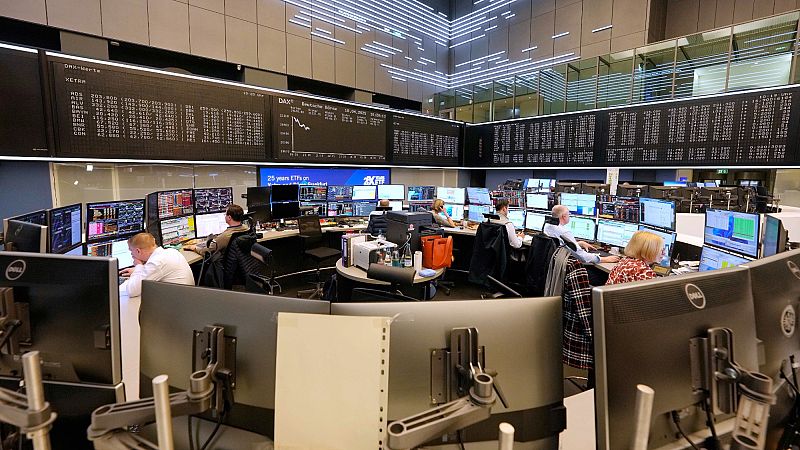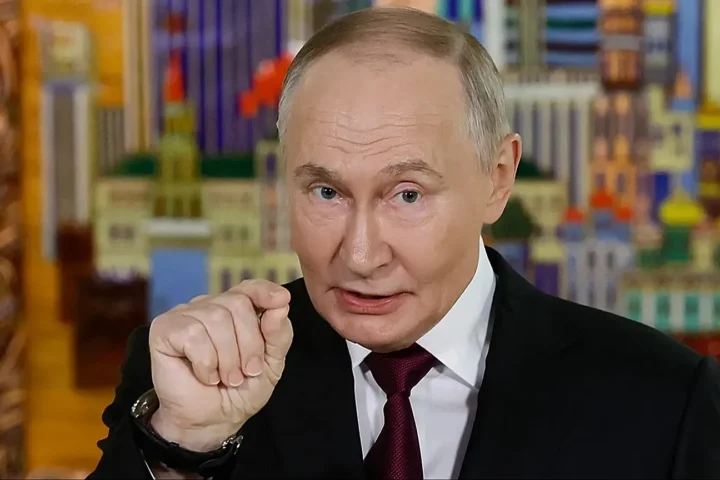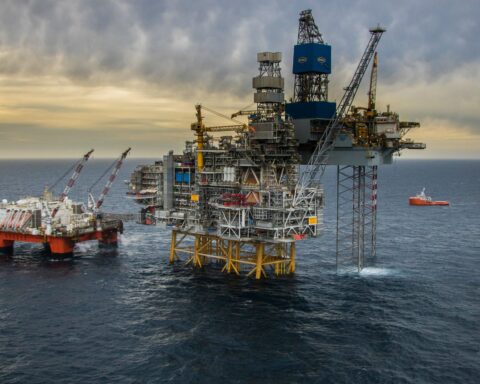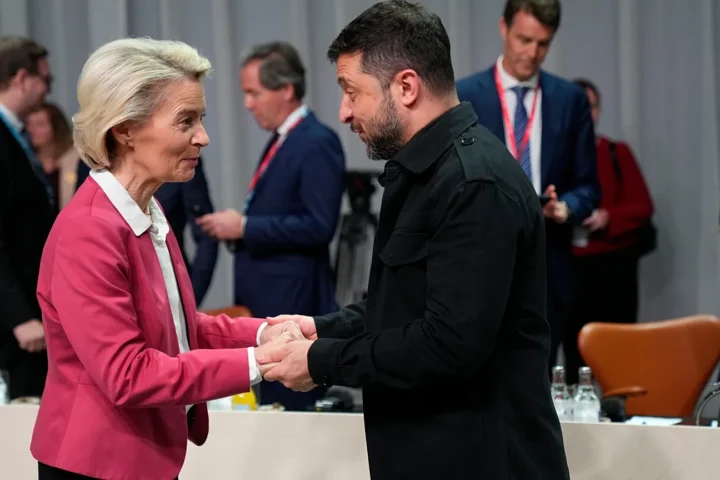A Market Holding Its Breath
Europe’s financial markets are showing signs of stabilization after several volatile sessions, with major indices posting mixed results rather than plunging deeper into decline. The shift in sentiment comes at a critical moment, as global investors brace for a highly anticipated earnings report from Nvidia — the company widely seen as the heartbeat of the AI-driven tech rally.
The result is a market suspended between caution and relief: not rallying, but no longer panicking either.
A Snapshot of European Trading: Mixed but Resilient
Major European indices — including the STOXX 600, the DAX, and the CAC 40 — saw mild fluctuations, with some sectors inching higher and others retreating slightly. The UK’s FTSE also showed modest movements, contributing to the region’s overall “mixed” profile.
The significance lies not in dramatic swings, but in the absence of further steep declines. After a period of heavy selling driven by global tech anxiety and concerns over slowing economic activity, even a neutral trading session is being viewed as a positive signal.
Markets appear to be shifting from panic to measured restraint, awaiting the next major catalyst.
Key Forces Shaping Market Sentiment
1. Anxiety Over AI and Tech Valuations
Nvidia’s earnings carry outsized importance. Investors are scrutinizing whether the AI boom — responsible for much of the market’s gains — is sustainable or overstretched.
Questions linger:
- Are AI hardware sales peaking?
- Is corporate demand slowing?
- Can margins remain elevated?
The answers will influence sentiment across global tech stocks and related sectors.
2. Inflation and Interest Rate Uncertainty
While inflation readings in parts of Europe have softened, they remain above central bank targets. Investors are trying to predict whether rate cuts will come sooner, later, or not at all.
Any delay in easing could keep pressure on equities and borrowing costs.
3. Market Exhaustion After Recent Sell-Offs
After weeks of declines, selling pressure has finally eased — at least for now. Bargain-hunting, short covering, and calmer macro data have contributed to this stabilization.
However, it remains fragile.
Why Crash Fears Have Eased — for the Moment
Several factors have helped pull markets away from the brink:
- No new negative shocks have emerged.
- Investors are unwilling to make big moves before Nvidia’s results.
- Recent declines may have priced in worst-case scenarios.
- Stabilizing inflation data in parts of Europe has tempered some interest-rate fears.
The mood has shifted from outright fear to calculated caution.
But Risks Remain High
Even as crash fears subside, the risks have not disappeared:
- A disappointing Nvidia report could ignite renewed volatility.
- Valuations in the tech sector remain sensitive to even small earnings misses.
- Inflation could prove more stubborn than expected.
- China’s economic weakness continues to cast a shadow globally.
- Central banks remain noncommittal about dovish pivots.
Markets are steady — not strong.
The Nvidia Factor: A Global Market Catalyst
Few corporate earnings reports have the potential to move global markets the way Nvidia’s does. The company is the centerpiece of the AI supply chain, and its performance is now treated as a proxy for:
- enterprise AI spending
- cloud investment health
- semiconductor demand cycles
- future growth expectations in tech
A strong report could calm markets and spark a relief rally.
A weak one could trigger a sharp sell-off, particularly in Europe’s tech-adjacent sectors.
Investor Outlook: The Week Ahead
1. Tech traders remain defensive
Many are holding back capital until the earnings narrative becomes clearer.
2. Broader markets show signs of stabilization
Non-tech sectors such as industrials, consumer staples, and utilities are providing ballast.
3. Macro data will play a crucial role
Inflation updates, PMI releases, and central bank commentary will help shape the mood.
4. Risk management remains front and center
Investors are cautiously positioned, preferring hedged or diversified strategies.
Conclusion: A Market Caught Between Fear and Patience
Europe’s markets are in a rare state of equilibrium — neither bullish nor bearish, but suspended as investors wait for critical information. The easing of crash fears reflects temporary stabilization rather than renewed confidence.
All eyes now turn to Nvidia, whose results may determine whether the markets continue stabilizing, break into relief-driven gains, or revert to volatility.
This is a moment of calm — but it is not yet a turning point. The next move belongs to the tech giant whose influence now extends far beyond Silicon Valley.






















